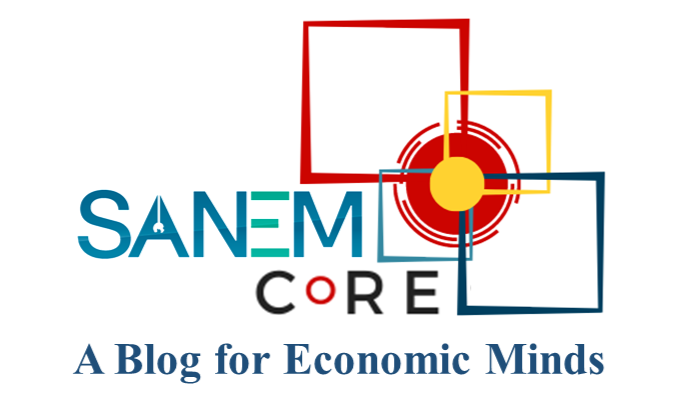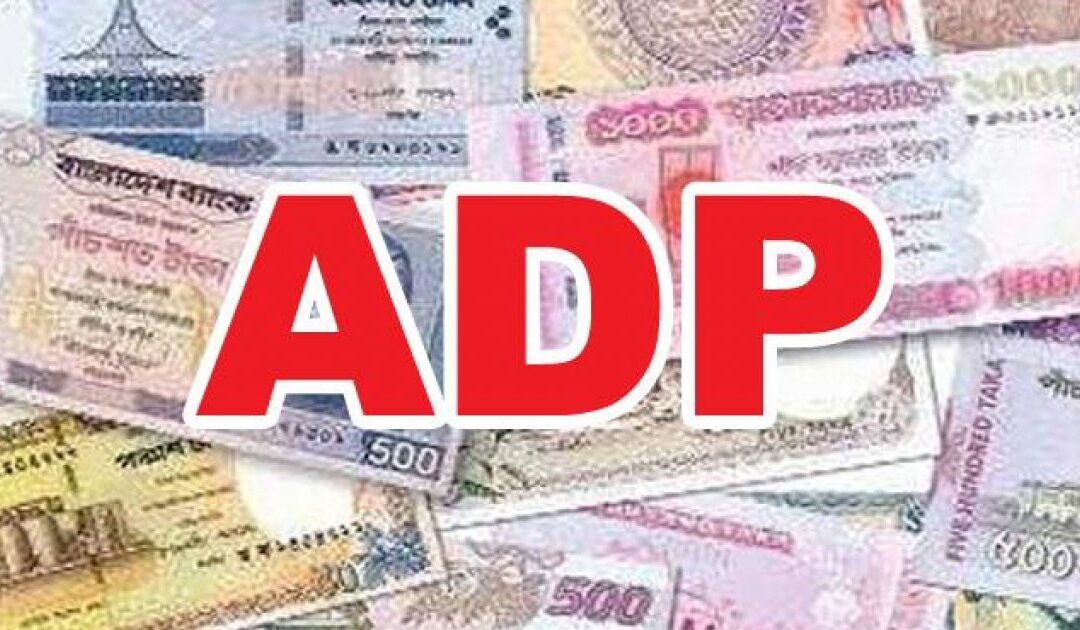The Annual Development Programme (ADP) plays a crucial role in Bangladesh’s economic growth and social development. It is a key part of the country’s public sector development planning. Every year, the government allocates resources through the ADP to finance infrastructure, education, healthcare, and other development projects. This helps create an environment that promotes economic activity and improves the quality of life for citizens.
Over the years, Bangladesh’s ADP budget has steadily increased, rising from about BDT 3,000 crore in the 1980s to over BDT 2,65,000 crore in FY 2024-25. To address regional disparities, the government has introduced a district-wise development plan. In recent years, the focus has also shifted towards large-scale projects, including the Padma Bridge, Dhaka Metro Rail, and Rooppur Nuclear Power Plant, all of which aim to enhance infrastructure and drive long-term economic growth.
Sectoral allocations reveal a consistent focus on transport and communication, which received nearly 26.67% of the ADP allocation in FY 2024-25. Other sectors, such as power (15.38%), education (11.90%), and health (7.80%), are also prioritized, though their funding shares often change based on political priorities and project readiness.
Key Challenges in the ADP Budget
Firstly, a recurring issue with the ADP is the low implementation rate, particularly during the first half of the fiscal year. In the first five months of FY 2024-25, the implementation rate stands at just 12.29%.
Historically, less than 40% of the allocated funds are utilized in the first six months, which leads to a rush in the latter half of the year. This often results in poor-quality work, inefficient use of resources, and delays in project completion.
Secondly, bureaucratic delays remain a persistent issue. Complex approval procedures, regulatory hurdles in land acquisition, and environmental clearances often slow project implementation. These inefficiencies within government departments contribute to the delayed start and completion of projects, leading to cost overruns and missed deadlines.
Thirdly, corruption and financial mismanagement continue to undermine the effectiveness of the ADP. According to a report in 2024 by Transparency International, Bangladesh, nearly 5-6% of project costs are paid by contractors as bribes to Project Teams, and nearly 6-8% is paid by contractors as bribes to field inspection teams, as such about 11-14% of the project costs are bribes.
Fourthly, project delays and cost overruns are a recurring problem, particularly with mega-projects. Large infrastructure projects like the Padma Bridge have experienced extended timelines and increased costs due to inefficiencies in planning, procurement, and execution. These delays create an unnecessary financial burden on the government and hinder overall development progress.
Lastly, the weak monitoring and accountability mechanisms in place are a significant challenge. Without robust systems for evaluating project progress and outcomes, it becomes difficult to identify bottlenecks, track fund utilization, or ensure that projects are completed as planned. The lack of accountability exacerbates issues like corruption and mismanagement, resulting in unsatisfactory project outcomes.
Suggested Reforms
To address these challenges and improve the ADP’s effectiveness, several reforms are essential. Firstly, major issues contributing to low implementation rates are land acquisition problems, delays in the tender process, inadequate feasibility studies, and starting projects without secured foreign funding. To tackle this, the government should prioritize strengthening project planning and feasibility studies. Before approving any project, a comprehensive feasibility study should be conducted, incorporating risk management frameworks to ensure realistic timelines and cost estimates.
Secondly, to combat bureaucratic delays, enhancing the implementation capacity of government agencies is crucial. This could be achieved by providing necessary training to staff, streamlining procurement processes, and ensuring timely fund disbursement.
Thirdly, addressing corruption and financial mismanagement requires the introduction of transparent tracking mechanisms. Digital platforms should be used to monitor project progress and fund utilization in real-time. Making this information publicly available will increase transparency and reduce opportunities for corruption. Engaging independent bodies and civil society organizations in monitoring will further improve accountability. Additionally, stricter penalties and more rigorous audits can deter unethical practices.
Fourthly, to mitigate project delays and cost overruns, the government should adopt a more strategic approach to project execution. This involves setting clear project timelines and holding contractors accountable for meeting deadlines and budgets.
Last but not least, to improve monitoring and accountability, the existing Implementation Monitoring and Evaluation Division (IMED) should be strengthened. This can be achieved by enhancing its capacity to conduct regular audits and performance reviews of ongoing projects. Utilizing digital platforms to track milestones and fund usage will ensure that projects stay on track and allow for prompt resolution of any issues.
Indeed, a more strategic, transparent, and accountable approach to the ADP is vital for Bangladesh to achieve its long-term development goals, ensuring that the benefits of growth reach all segments of society.
This article was first published in the January, 2025 edition of the Thinking Aloud



RECENT COMMENTS